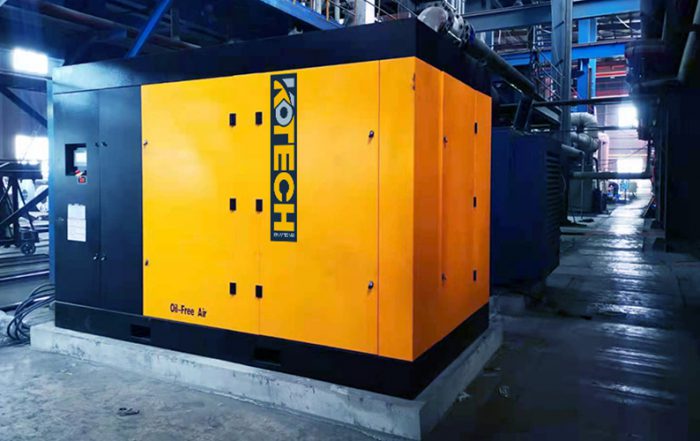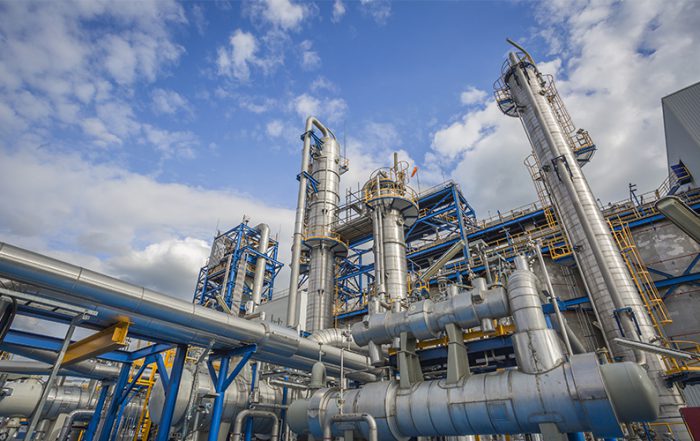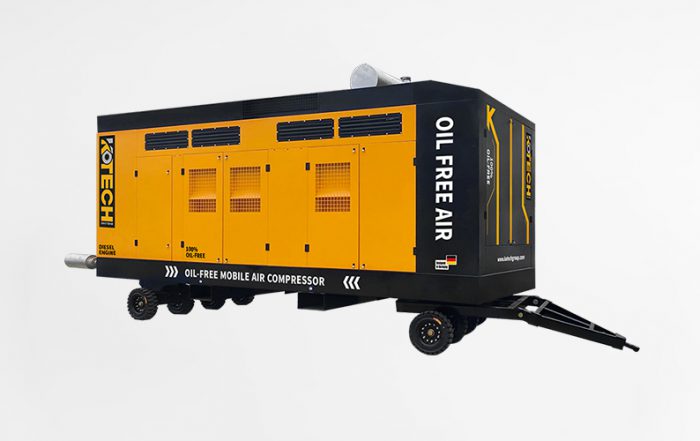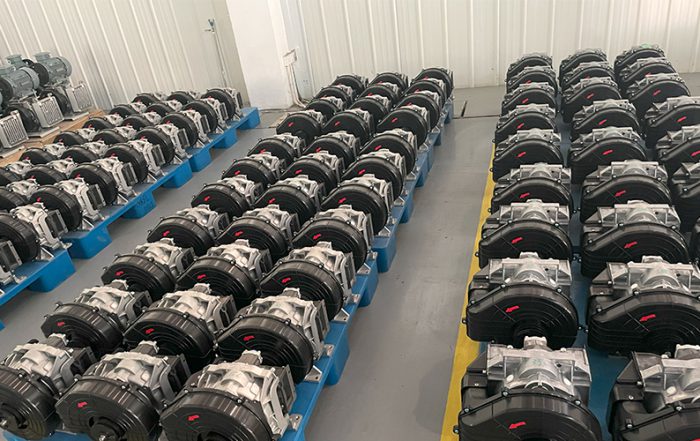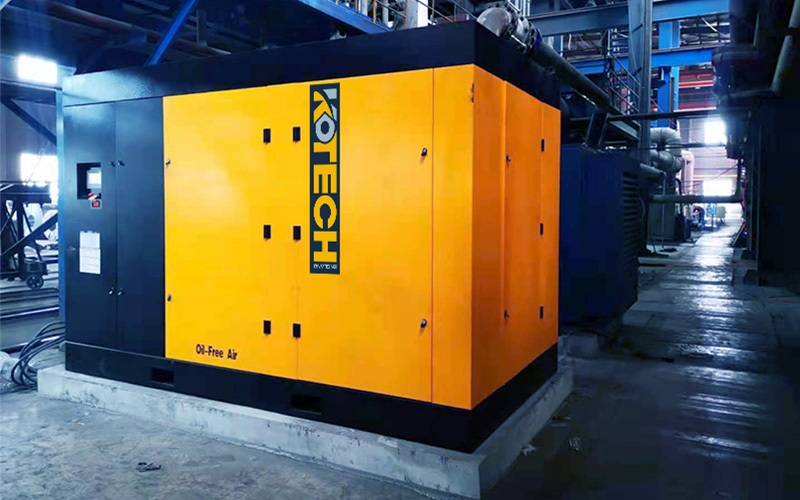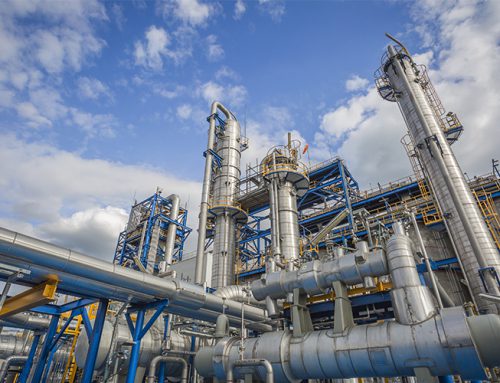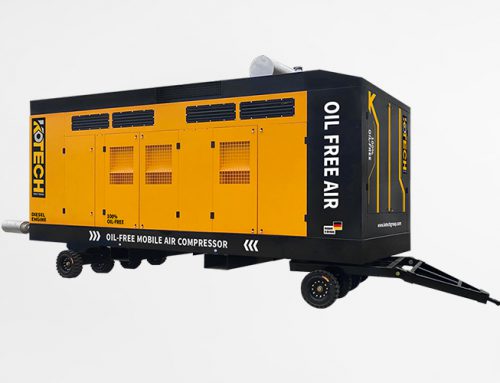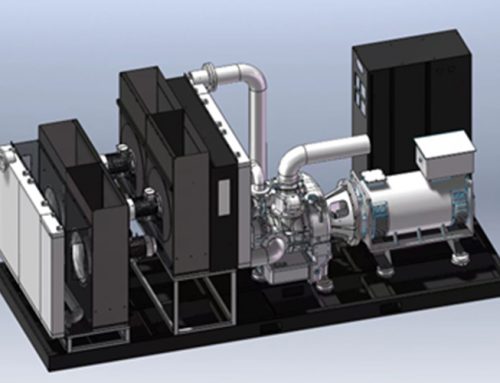What Are the After-Sales Maintenance Services for Air Compressor Rental?
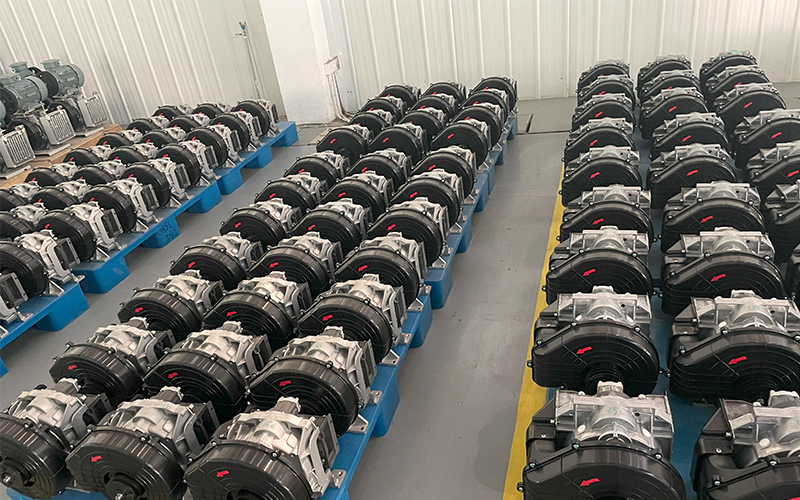
Firstly, after-sales consulting services These include site air consumption, usage pressure, accessory matching, environmental location, engineering consultation, technical support, piping guidance, data provision, and whole-plant improvement plan suggestions.
Secondly, after-sales maintenance services These include machine maintenance, delivery of consumables, maintenance personnel training, site inspection, machine relocation support, and improvement suggestions.
Regular maintenance (approximately every 30 days routine inspection) (maintenance content logged on a random maintenance record card)
Emergency rescue
Annual comprehensive inspection
Air compressor usage education and peripheral equipment experience consultation
Thirdly, rental service standards
1. Service Philosophy: Technology creates value, focus achieves brilliance, quality assurance, professional brand.
2. Service Personnel
- Configuration: According to the customer’s air consumption, an air compressor is equipped with a dedicated service engineer.
- Equipment: Each service engineer is equipped with necessary communication tools to provide services at any time.
- Responsibilities: Establish machine operation files, organize spare parts supply, answer all customer questions promptly, and provide on-site maintenance and repair services.
3. Technical Training and Free Labor Maintenance:
- Free labor maintenance routine inspection at least once a month after the machine starts operation to ensure the machine operates in the most economical state.
- Provide free training for customer’s machine operators at least twice a year (can be adjusted according to customer needs).
- Establish operation files for the customer’s machines to monitor the operation status at any time.
- Submit a two-part service report to the customer, including:
- The status of the customer’s equipment and maintenance plans.
- Customer’s service requirements for our company.
- Handling opinions from the service personnel.
4. Problem Handling
- 24-hour hotline. For urgent problems (such as shutdowns), the service engineer will arrive on-site within 3-8 hours after receiving the call; for out-of-province areas, the service engineer will arrive on-site within two days.
- Customer inquiries are replied to on the same day.
- Spare parts supply: All original parts supply. General spare parts are available immediately; if out of stock, emergency parts will arrive on-site within three days.
- In emergencies, the company can lend a backup machine for free.
Finally, routine inspection and maintenance work content:
- Respond to and handle recent operation issues reported by crew members.
- Check for water, air, and oil leaks in the air compression system; shut down for maintenance if necessary.
- Check if the automatic drains of the air compressor, air receiver, dryer, and filter are working properly; visually inspect the drained water for abnormalities, and handle any blockages or oil splashes in related components.
- Record ambient temperature and ventilation conditions; propose improvement suggestions if necessary.
- Record exhaust pressure; adjust pressure switches and regulators as needed, and inspect and repair the system in case of abnormalities.
- Record exhaust temperature; clean the radiator if necessary.
- Record operating hours, confirm the usage time of consumables, and propose a regular consumables replacement plan.
- Record the compressor head outlet temperature; check temperature control elements and clean the radiator if necessary.
- Record oil tank pressure; adjust the minimum pressure valve and replace if necessary.
- Check the pressure difference of the oil separator; inspect and repair the system in case of abnormalities, and replace regularly.
- Record the status of the air filter, clean it; replace it if necessary.
- Regularly check the oil level and oil quality; add and replace if necessary.
- Record the status of the drive belt coupling, adjust and replace regularly; in case of sudden abnormalities, adjust and restore promptly.
- Inspect and clean the oil circuit system.
- Check the compressor body and motor for noise and vibration; provide written solutions and suggestions in case of abnormalities, and implement them.
- Record cooling water pressure and inlet temperature; identify and handle causes of abnormalities.
- Record motor surface temperature and current; identify and handle causes of abnormalities.
- Record external power voltage.
- Visually inspect the electrical contacts and wire connections in the distribution box, and check surface insulation; grind the contacts for testing if necessary.
- Clean the machine and pump room.
- Check the evaporation and condensation pressure of the dryer; adjust and clean the radiator if necessary, and handle faults.
- Perform necessary maintenance and repairs based on the inspection results, and fill out a work order signed by the on-site responsible person with corresponding explanations after each job is completed.
